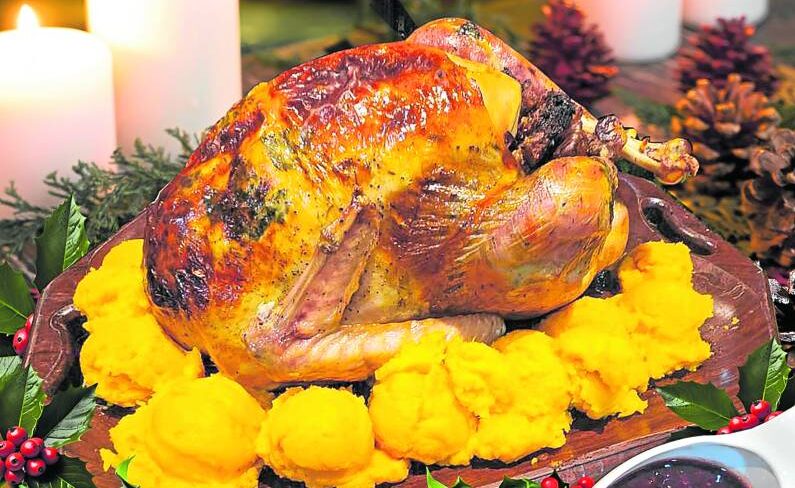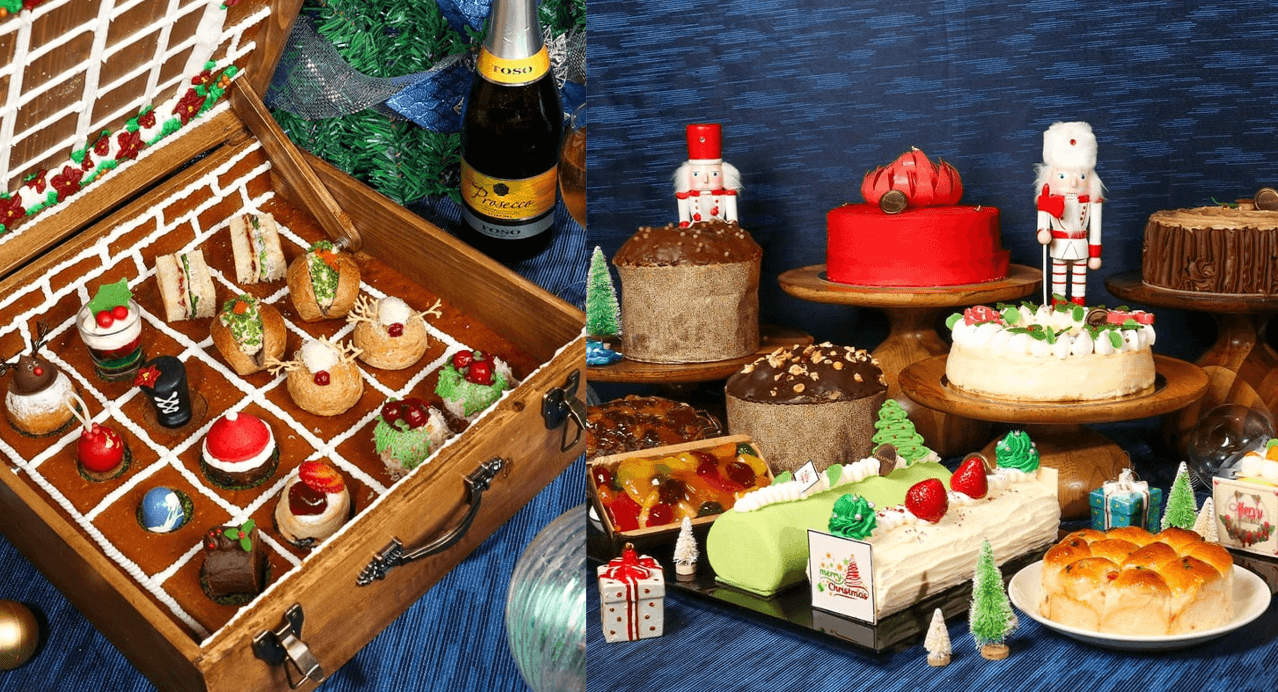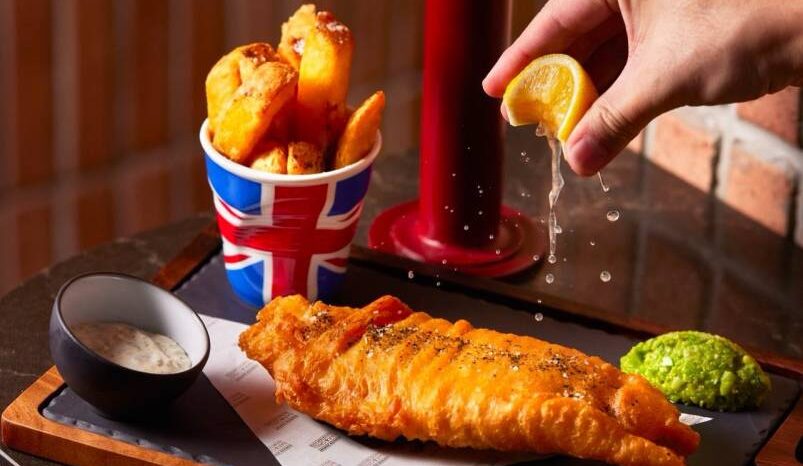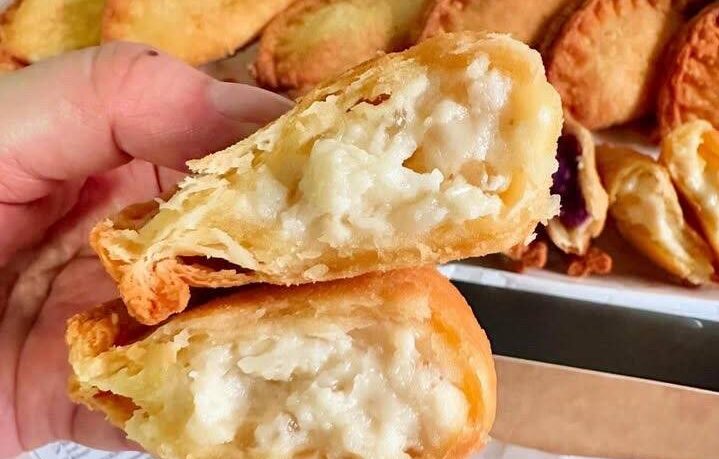
It’s a little bit of Italy in the vast expanse that is Los Angeles.
Called, appropriately enough, Eataly, it’s a mega food hall that sells everything Italian—from cheeses to pasta, from pizza to Lambrusco. Even just browsing around the various stalls can be a lot of fun.
One stall sells extra-virgin olive oil flavored with various herbs, including oregano, basil, rosemary and garlic. Another sells linguine incorporated with black cuttlefish ink, while still another stall offers Offelle di Parona, delicate shortbread from the province of Pavia in Lombardy, made with olive oil.
There are also fresh fruits and vegetables, many of them sourced from California, others from as far as Japan.
Quite unusual are the chocolate persimmons. Looking smaller than their regular counterparts, these persimmons have a dark, sweet interior that tastes vaguely like sweetened cocoa, hence, the name.
It being autumn during our recent visit, there are also baskets of assorted squash, such as honey nut, butternut, red kuri, blue hubbard and, of course, the ubiquitous pumpkins, the bright orange ones, as well as the white variety.
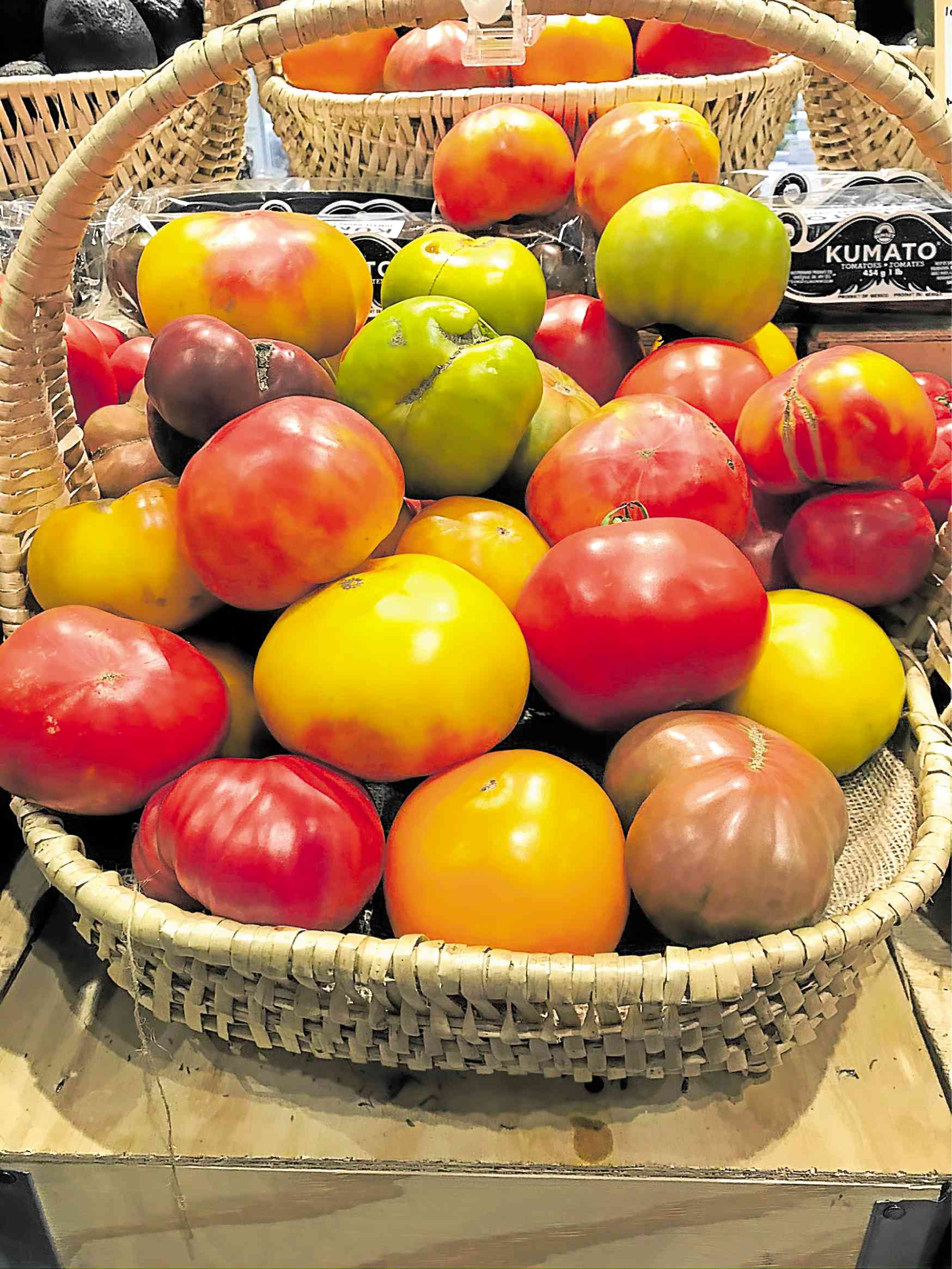
Fresh tomatoes
Fresh tomatoes are likewise aplenty in Eataly, especially the roma tomatoes often used for making Italian sauces. Since I was a long way from Manila, I couldn’t buy the fresh ones lest they rot before I reach home. I settled for the canned ones instead, but chose the San Marzano tomatoes, which are known for their sweetness.
And what would an Italian Christmas be without the panettone, the Italian version of fruitcake? First created in Milan in the 15th century, this sweet bread (sometimes considered a cake) is laced with liqueur such as Cointreau, embellished with lots of raisins and candied fruits and is given as a symbol of good wishes.
There are quite a variety of them in the counters, including those with amaretto glaze and those enhanced with pears and chocolate.
All that browsing soon made us hungry, so we sat at one of the dining tables and ordered from the menu. Just as it was hard to choose from all the merchandise in the stores, it was also difficult to decide what to have for dinner. Everything looked good.
We finally settled for insalata di rucola for our antipasti. Lightly sprinkled with extra-virgin olive oil and lemon, the pile of glistening young arugula leaves were very fresh and crisp. Shaved slices of Parmigiano Reggiano added a contrasting texture and flavor.
The spaghetto al pomodoro which my husband ordered was crowned with a sprig of basil leaves and was pleasantly doused with a rich sauce made from fresh, aromatic daterrini tomatoes, extra-virgin olive oil and a dash of sea salt.
My daughter Pia liked the tagliatelle alla Bolognese, a classic Italian dish made with a beef and pork ragù and a sprinkling of Parmigiano Reggiano. We also shared a plate of pizza Margherita, made rich and flavorful with a sauce of San Marzano tomatoes and a generous topping of mozzarella cheese and fresh basil leaves.
We couldn’t leave without buying some Italian chocolates, especially the Baci Perugina, a praline of chocolate hazelnut cream and whole hazelnuts coated in rich velvety chocolate.
Cooking tips
On certain days, cooking classes are held in Eataly but unfortunately we didn’t chance upon one. Still, we learned a lot. Large posters on display gave helpful pointers on cooking Italian food. Here, some of the tips we learned about cooking pasta:
A good pasta needs just a little sauce. Too much sauce makes the dish heavier.
Eataly suggests making only simples sauces, with a maximum of three ingredients.
The ideal proportion is 2.5 ounces of sauce per serving.
There are two categories of pasta: the fresh pasta and the dried pasta. They differ in the raw materials used and in the length of their shelf life.
Dried pasta (pasta secca) is made with semolina flour and water, while fresh pasta in the north is made with egg to make the dough more flavorful, durable and pliable.
On the other hand, fresh pasta in the south is made with just dough and water.










